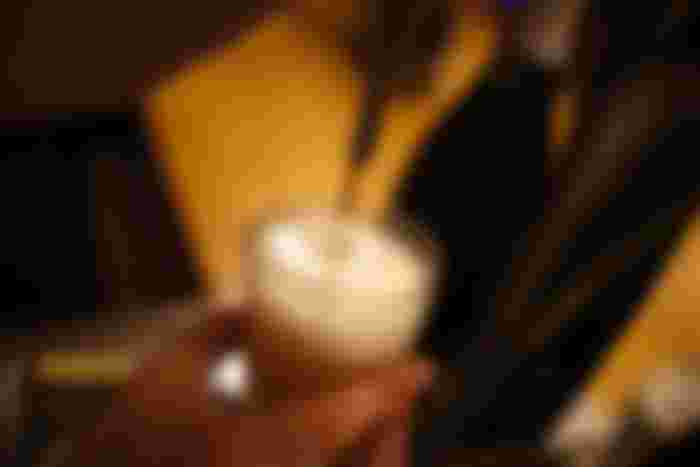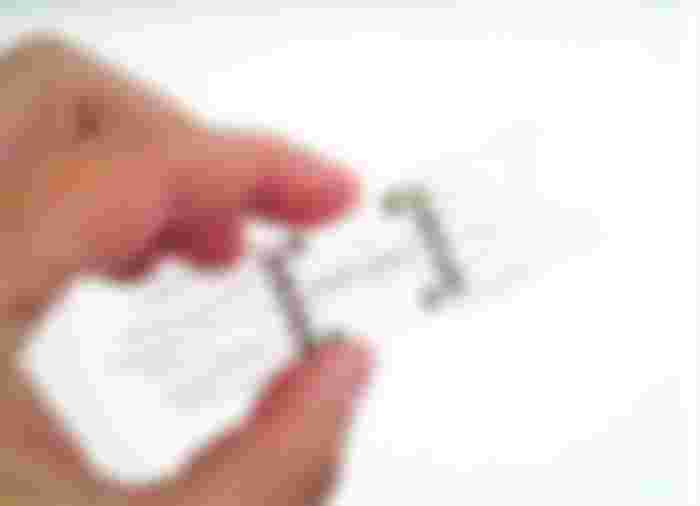Can Turn Any Water into Drinking Water, These 5 Innovations Can Be a Savior
The clean water crisis is engulfing the world. Reporting from National Geographic, currently one in ten of the world's population does not have access to clean water. Only less than 1 percent of the water on our earth can actually be consumed by living things. The number of natural resources that are visible to the naked eye is very limited, increasingly pressured by population growth and various industries. As much as 99 percent more of the amount of water on earth, is salty or frozen water that can not be used for drinking or bathing.

So sad, various natural resource observer forums estimate that by 2030, 50 percent of humans will be in immeasurable water scarcity. The water crisis itself has become a global issue since 2012. Indonesia, of course, does not escape the threat of a water crisis. Many areas are already experiencing a clean water deficit. In fact, most of the ground water in the capital city has been categorized as unfit for drinking. Everywhere people are increasingly dependent on bottled water, the price of which will definitely increase from year to year.
Without realizing it, this problem is already in a complicated state and we need an immediate solution. The author has put together some creative solutions that hopefully can guarantee our drinking water supply in the future. Let's see!
Now only urine can be turned into drinking water, you know. Astronauts in space can already enjoy it

At NASA, there is one person who has a unique job. Her name is Jennifer Pruitt, who works in the urine processing department. Quoted from VICE, his job is to take care of the water utilization system on the International Space Station (ISS) for the astronauts who live there. Urine itself contains about 95% water and the rest is chemical waste from the body. The more water that can be recycled from the two ISS space outhouses, the less will need to be brought from Earth.
When astronauts use the toilet, urine is not allowed to go to waste. There are a number of chemicals used to prevent their pee from breaking down and preventing the growth of bacteria. Then, the resulting water is combined with steam from the air on the ISS, most of which is the astronaut's own sweat. Be drinking water. The average astronaut drinks 730 liters of recycled urine and sweat on a one-year mission. Want to try?
A simple chip has been created to turn seawater into drinking directly. Technology is developing, it's undeniable

Researchers have created a small device capable of removing salt levels in seawater. Departing from the very limited water supply in various countries, those from the University of Texas and the University of Marburg in Germany took the initiative to create a simple tool that turned out to be very useful.
Called the water chip, it is tiny and has a big impact. This tool is capable of producing a mini electrical field that will desalinate seawater. The trick is to use an electric field, so that the separation of salt content with water will occur. Previously, it was only able to remove 25% of salt, now it is claimed to be up to 99%.
There is also a Tiny UV Water Purifier. Less than a matter of hours, clean water can be produced in just 20 minutes

In fact, people who lack a clean water supply are not the only ones who live in arid and moreover remote areas. Often this crisis affects those who live in big cities. PDAM water is also often problematic, one of the factors is because there are many harmful substances that contaminate the water. The solution for re-purifying drinking water supply is still a long and costly process. It is these two obstacles that we are trying to reduce or even eliminate in the future.
Researchers at Stanford University and the SLAC National Accelerator Laboratory have developed a UV water purifier in the form of a small black box. Although this gadget is still a prototype, this tool will still be needed by humans in the future. The water purification process, which normally takes up to 48 hours, can be cut in just 20 minutes.
The Pipe, a floating desilination project in California that is considered very promising. This tool can produce a lot of clean water, you know

Using the electromagnetic desalination method, this tool is able to convert seawater into clean water, filter the salt and return it to the sea. If the construction goes smoothly, The Pipe can produce up to 1.5 million gallons of clean water. Who is not amazed by this kind of technology? The water can be used for distribution to water-scarce areas around California.
The Pipe uses solar energy technology for its desilination process. Besides being useful for maintaining the availability of drinking water for humans, this technology is also environmentally friendly. Compared to a machine that is full of benefits, The Pipe is often mistaken for a work of art, because of its unique and futuristic design.
This is the Fog Harvester or the largest cloud harvesting tool in the world. Built in the Moroccan area, this tool proves to be very helpful

Fog harvester or cloud harvester tool. Yes, this kind of technology already exists. The largest in the world was built in the desert area of Morocco, used to harvest clouds which are then processed into drinking water. The fog harvester itself uses a large netted fence to capture fog in the Moroccan desert.
Having a surface area of more than 600 square meters, this tool is said to have produced 17 gallons of clean, ready to drink water per square meter of net area. The existence of a solar pump, along with pipes has succeeded in delivering water to 400 local residents who are struggling to get clean water in the desert area.
In some areas of Indonesia, there are rainwater harvesting tools as an alternative source of water. A private university in our country in recent years has also developed it which is applied in several Jakarta schools. This tool is also starting to enter the community in flats. This useful tool for collecting rainwater in a tank or natural reservoir will be useful for many community activities. Such as washing, watering plants, and so on.
If the crisis gets worse, the price of clean water will be even more expensive. In Ambon in 2016, for example, the price of clean water, which was originally Rp. 120,000, rose to Rp. 350,000 per tank. Can't you imagine what will happen to your children and grandchildren? That's why scientists and researchers around the world are doing their best to develop various gadgets, big or small, to produce clean water.
Lead image from unplash.com
Lead image from twitter.com
Lead image from Inhabitat.com





